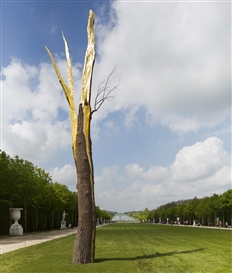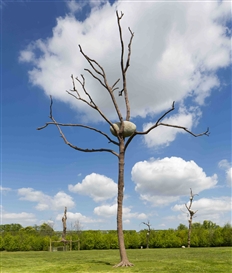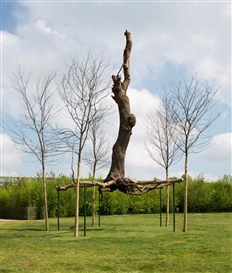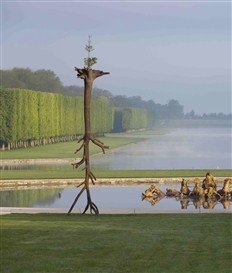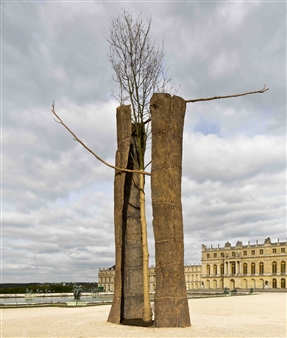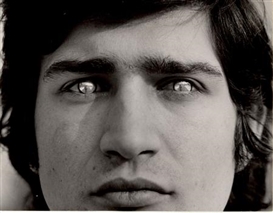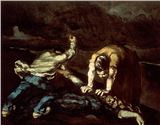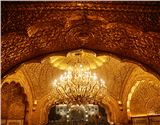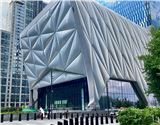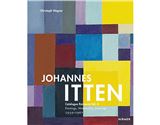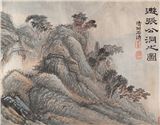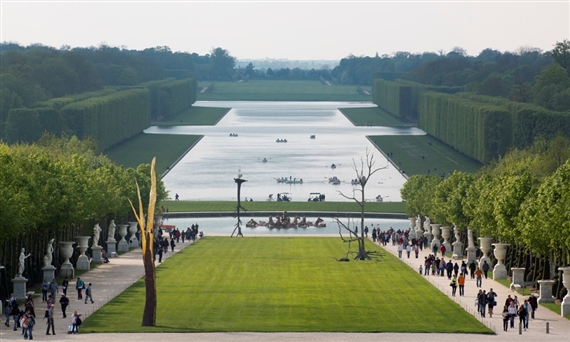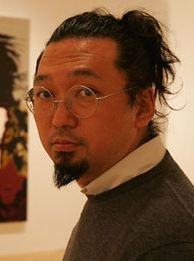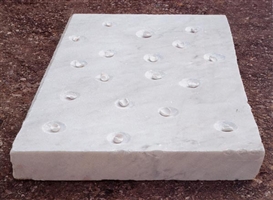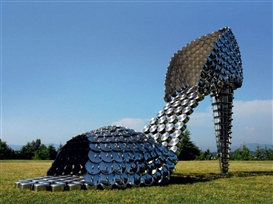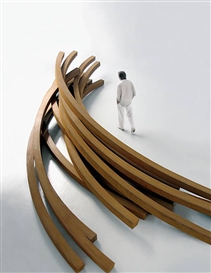Giuseppe Penone at Versailles
This summer the Château de Versailles hosts Giuseppe Penone for a major exhibition of contemporary art. While some pieces are installed within the palace, the majority of works are outside with a select few specially presented in the French formal gardens designed in the 18th century by André Le Notre, which celebrate their 400th anniversary this year.
MutualArt
Jun 19, 2013
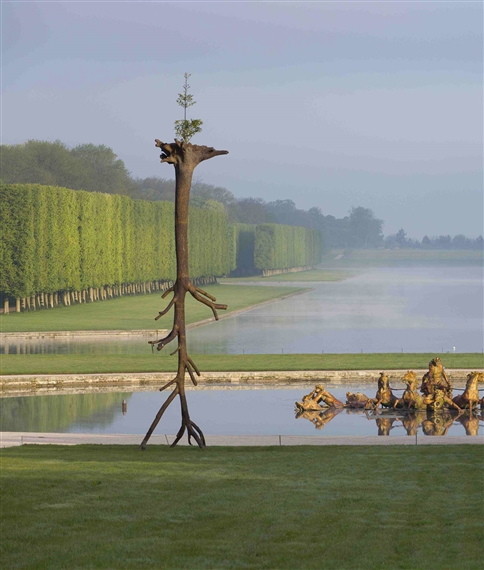
This summer the Château de Versailles hosts Giuseppe Penone for a major exhibition of contemporary art. While some pieces are installed within the palace, the majority of works are outside with a select few specially presented in the French formal gardens designed in the 18th century by André Le Notre, which celebrate their 400th anniversary this year. Brilliantly sited, the rigorous formality of the impeccably manicured gardens contrast against Penone’s large-scale sculptures of trees, the grandeur of which exalts both the artist’s hand and nature’s uncultivated beauty.
A leading figure of the Arte Povera movement – literally translated as “poor art,” a term coined by Germano Celant for a group of Italian artists inspired by the politics of 1960s who in response to the increasing commercialization of culture often used simple, everyday materials in their work – Penone joins an international roster of art superstars to have shown at Versailles, including Jeff Koons, Takashi Murakami, Bernar Venet and Joana Vasconcelos. The exhibition, which opened on June 11th and runs through October 30th, is curated by Alfred Pacquement, director of The Centre Pompidou in Paris.
